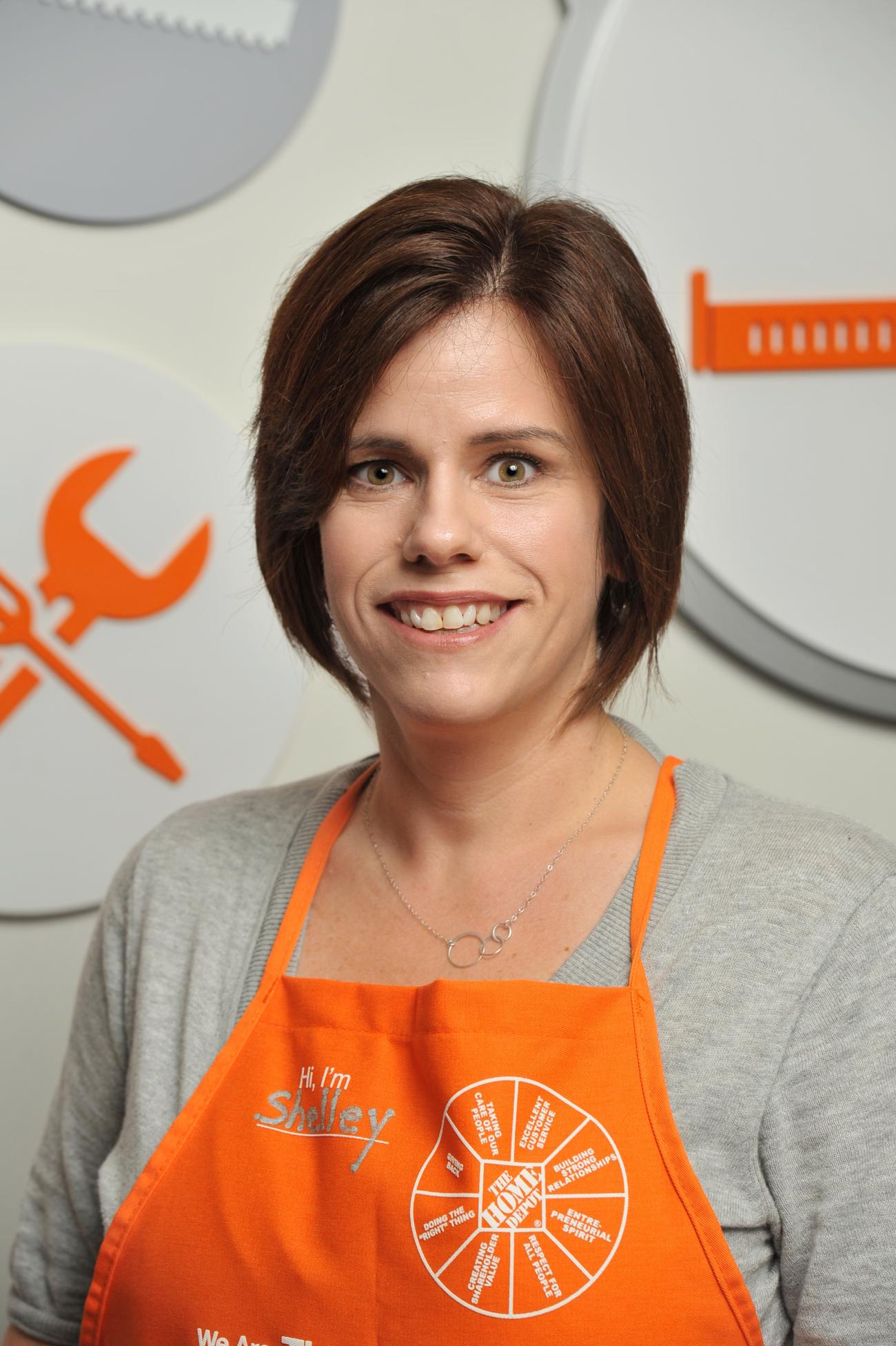Exclusive Q&A: How The Home Depot reopens stores after a disaster
The Home Depot applies careful planning and advanced technology to ensure stores can quickly return to business when disaster strikes.
Shelley Scarberry, the company’s technology, senior director - infrastructure delivery and support, has responsibility for a 1,000-person infrastructure delivery and support team. Chain Store Age spoke with Scarberry about how her organization approaches post-disaster recovery of a store’s technology, which is one of her primary responsibilities..
Scarberry was a 2022 recipient of a Chain Store Age Retail’s Top Women in Technology award.
How does Home Depot respond when a community where you have a store experiences a disaster?
Our goal is to restore normal technology functions at the store location impacted by any event. Whether it's a natural or manmade disaster, we approach them all very similarly. We act as a single point of contact for technology teams and store locations through our technology command center, which is a grouping of multiple matrix teams within the organization.
My group engages and coordinates all the necessary teams and then communicates the status of what's happening at a very high level to the business and to all of the technology team members. The number one goal after safety is to try to restore the technology functionality to any Home Depot Store.
We work with our disaster captains, field captains, and technology deployment centers. The centers are where we hold and ship out all of the hardware that gets our store up and running in the event of any kind of disaster.
What is the role of the disaster captains and the field captains and how the teams work together?
All of the areas where we would need to engage are represented in the technology command center. Using a hurricane as an example, each department, like HR and supply chain, has an IT disaster captain who may have about eight to 13 stores under their responsibility, and they assess if there are store locations that are going to be in a threat zone and if they need to mobilize a response.
The field captains engage with the disaster captain to address very specific technology needs for a store, so they're looking to see what happened in the location. They work with construction and safety personnel to see is it safe to go into a store to assess the damage, pull out whatever is defective, and ship replacement hardware in to get the store up and running.
What does your team do after a disaster hits a store?
We want to make sure that we get connectivity up and running as quickly as possible. The network is in the store with coverage in the parking lot.
If there were damage internally to connectivity inside the store, or water damage or any other type of damage that would stop connectivity from happening inside a store, we can use our network connectivity out in the parking lot to set up temporary selling sites. We also can set up a tent where we can put out the most critical disaster recovery products, such as generators or plywood.
[Read more: The Home Depot enhances customer/employee experiences with full network refresh]
Using the recent Hawaii wildfire disaster as an example, captains out in Hawaii have been on site at our Maui store helping to get products available, as well as install cash machines, registers, hand scanners, signature capture pads, and all of the hardware that they will need to rebuild the location.
Can you provide some detail on Home Depot’s proprietary VISION disaster response tool?
VISION is a homegrown technology tool that we created within Home Depot, and it provides one ‘pane of glass’ anytime we have a disaster. It has mapped out all of our stores and we're able to see in real time which stores are open, which stores have reduced hours, the impact of the damages, whether stores are connected to the network, and what we’re doing to help them get up and running.
We can see what product we’ve ordered, where it is in the shipment, when it’s going to be delivered and installed, and how we’re progressing against recovery efforts. We have GPS locators on the supply chain trucks that deliver all of our generators to areas where we need them.”
[Read more: New type of distribution center is a first for Home Depot]
VISION also has a robotic notification system that provides us immediate feedback know where our product is and how the store is functioning. It also helps us with communicating emergency needs and deploying the right technology or the right people to the right sites, as well as logging and registering an event to make notes about what stores are affected and where we need to deploy people and resources.
A lot of data maintained within the tool, but it's very interactive. Different users have different dashboards. If you're a technology field captain, you'd be more focused on the hardware needed and the functionality as opposed to a supply chain field captain wanting to see where that next shipment is going or when it's going to land at a specific location.



